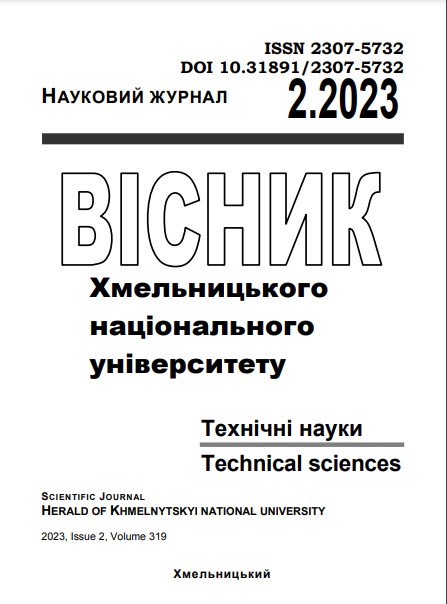ONTOLOGIES IN THE DECISION-MAKING PROCESS
DOI:
https://doi.org/10.31891/2307-5732-2023-319-1-149-153Keywords:
organizational decision-making, multi-criteria decision-making, ontology, decision-making processAbstract
Decision making is a key activity for management in any organization. Several decision-making techniques are used to facilitate this process, including multi-criteria decision-making, especially when the decision involves multiple stakeholders and multiple criteria. These methods, which evaluate each alternative according to a set of criteria, are usually subjective in nature. However, even though they are subjective, it is important to ensure that decision makers have as much knowledge as possible about the alternatives. This would include understanding all the consequences of each alternative and all the effects of those consequences. This requires a deep understanding of the area in which the decision is made. Organizational ontology provides such an understanding. An ontology defines a common vocabulary for researchers who need to exchange information in a field. Ontologies are used in several fields, including artificial intelligence. Since the goal of artificial intelligence is to make machines sophisticated enough to integrate information content, knowledge organization is a very important step towards achieving this goal. This move gave rise to knowledge engineering, which relies heavily on ontologies as a means of representing and organizing knowledge. Identifying the consequences for each alternative is an extremely important component of the entire decision-making process. It is imperative that the decision maker considers not only the direct consequences, but also tries to identify the indirect consequences. One way to do this is to identify all the business processes that will be affected by each alternative, and then examine those business processes in detail to determine the full extent (i.e., consequences) of the business process impact. However, to do this effectively, one must analyze the subject area, which in turn requires that knowledge about the subject area be represented in a structure that facilitates this analysis.
Downloads
Published
Issue
Section
License
Copyright (c) 2023 ІГОР КАРПОВ, ЄВГЕН БУРОВ (Автор)

This work is licensed under a Creative Commons Attribution 4.0 International License.

